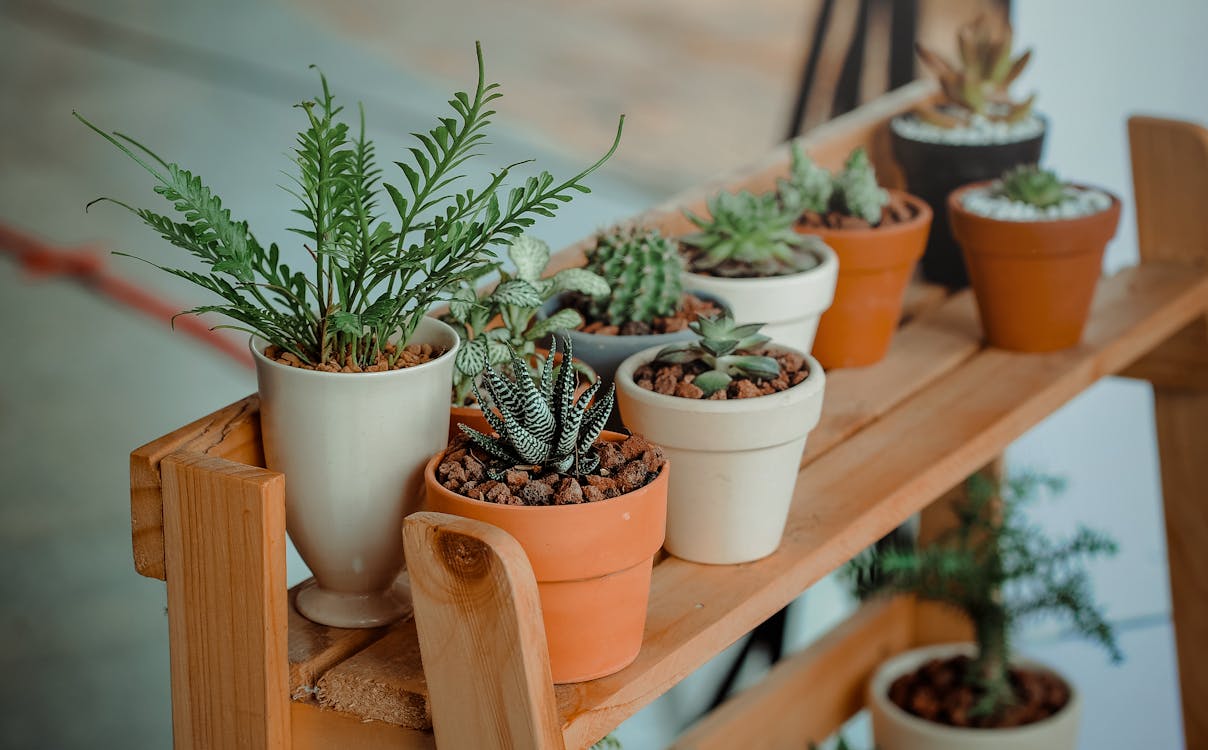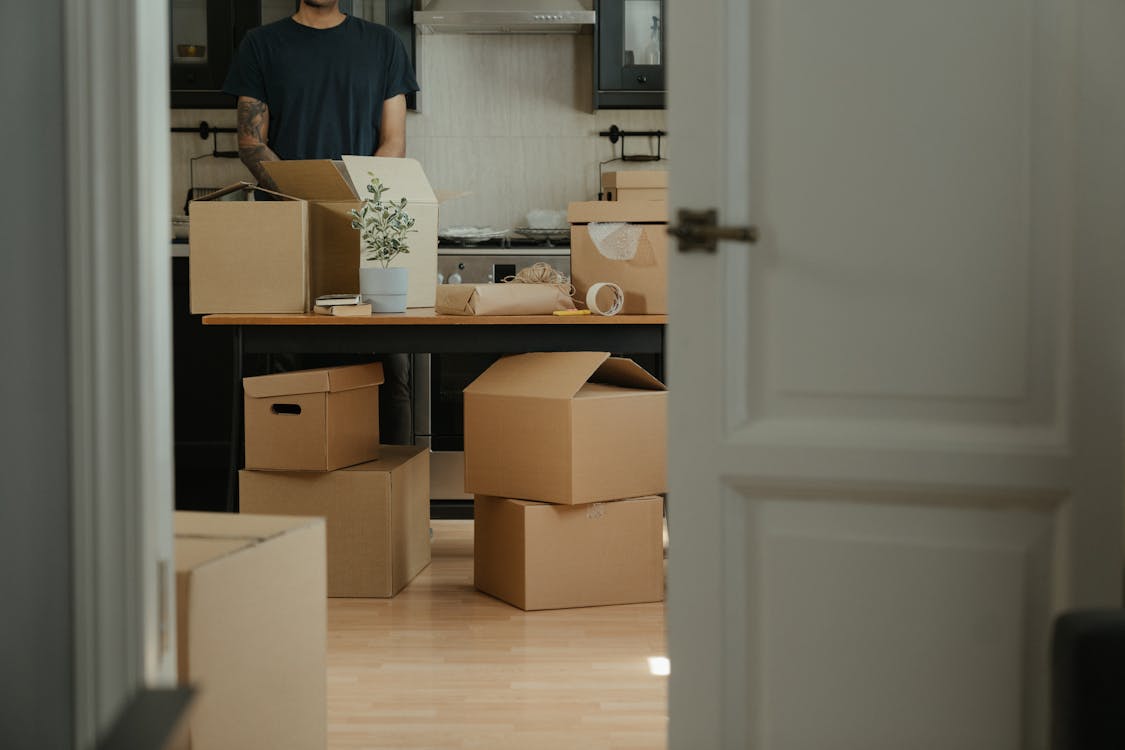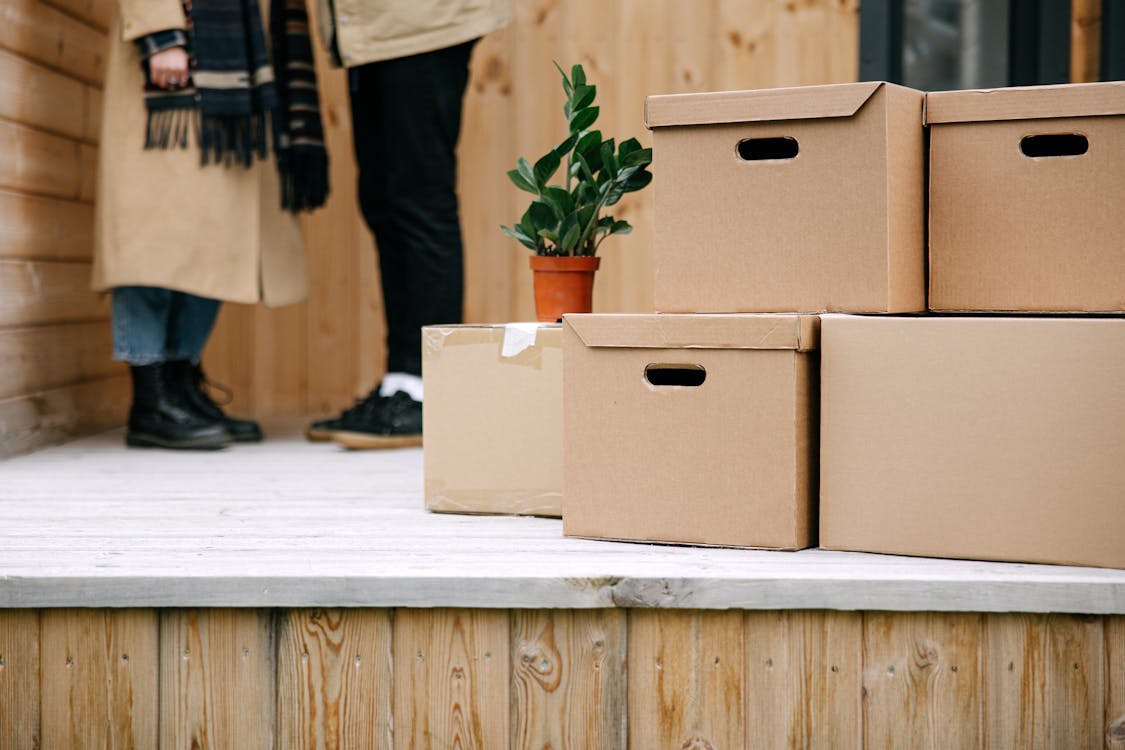How To Move With Plants
According to gardenpals.com, 66% of all U.S. households own at least one houseplant. Plants are aesthetically pleasing, relatively easy to take care of, and bring color, life, and a sense of tranquility into any environment. Moreover, plants are beneficial to our health. Not only do they purify the air around us, but they’re also proven to reduce stress levels, boost our immune system, and improve our overall productivity. In other words, our plants take good care of us. So it’s important that we give them the best possible home too.
But looking after plants can be a delicate art at times, requiring a certain level of attention to detail, dedication, and care. And if you happen to be moving, ensuring your plants arrive at your new home healthy and intact can be a challenge. Enlisting the help of a professional moving company can make that challenge easier to overcome. However, most moving companies will have certain restrictions on transporting plants. Plus, if you’re moving long-distance, it’s not ideal to have your plants in the back of a moving truck the whole time. And to ship plants can be risky (and costly) too.
Fortunately, you can always reach out to OneTwoThreeGuysAndaTruck.com with any specific botanical questions you might have (and get a free moving quote too). Meanwhile, to guarantee your green friends arrive in their new environment safely, we’ve provided some essential info and step-by-step plant-moving tips below.
Can You Take Your Plants With You When You Move?
Yes, you can. Whether you plan to move long distance or right next door, there’s no reason your plants shouldn’t come with you. Still, indoor plants are different from outdoor plants, orchids are different from succulents, succulents are different from fiddle leaf figs, and — well, you get the idea. So, depending on the number of plants you have and their individual characteristics, some moves will be trickier than others.
How Do You Keep Plants Alive When Moving?
During the pandemic, the demand for houseplants in the U.S. went up by 18%, and that demand only continues to grow. Today, seven in ten millennials refer to themselves as a “plant parent” (according to gardenpals). However, according to businessinsider.com, an estimated 40% of all houseplants die somewhere along the supply chain. And, unfortunately, another estimated 30% die an untimely death at the hands of their plant parents. Now, this doesn’t necessarily mean these plants are all victims of a change of address. But if you’re a caring plant parent planning a move, keeping your plant children alive should be a top priority. So here are a few simple steps to help you do that:
1. Prepare Your Plants
First, ensure your plants are ready to hit the road. Before you move, you should:
Know The State Law
Some plants might require a permit to cross state lines, and certain states (Idaho, California, etc.) have fairly strict regulations. The U.S. Department of Agriculture has plenty of helpful info on moving with plants. And you can learn about your and your plants’ rights in the specific State you’re moving to by visiting the National Plant Board as well.
Remove Dead Leaves And Re-Pot In Plastic
A week or two before your move, clean up your houseplants (and/or garden). Remove all dead foliage, dust, trim, prune, and organize both your garden and potted plants. Transplanting plants for a move is time-consuming and tedious, but very much necessary. One of the hacks is to repot everything in plastic pots — these are way lighter than ceramic pots, so your overall move will be both lighter and safer.
Water Weather-Appropriately
The time of year you’re moving is important. If it’s summer, water the plants before, on, and during the moving dates. If it’s winter, a few days before the move should be fine. But you can always double-check with the internet as to how much water your babies need.
2. Pack Your Plants
Packing for a move isn’t easy, and the same goes for packing plants, especially if you have large plants and/or are planning a big move. Packing a live plant obviously demands more attention and care than most inanimate objects. So take your time, and be patient.
Get Sufficient Packing Supplies
Along with plastic pots, get some packing supplies:
– moving boxes (make sure they’re the right dimensions for your plants)
– plastic bags (i.e., garbage/grocery bags)
– packing tape
– twine, string, and/or rope
– packing paper
– bubble wrap
– paper towels
– newspaper
– sharpies
– a water spray bottle
…and anything else you think might make your plant children comfortable.
Wrap The Foliage In Newspaper
Be sure that your plants’ leaves are protected. Wrap them in newspaper, packing paper, and/or paper towels, and secure with tape.
For smaller plants, you can use a plastic bag (but be sure they can breathe and be watered if needed). For larger plants, you can use twine/string to bunch certain parts together. But in either case — be gentle and ensure nothing is too tight or obstructed.
Pack The Plants Separately And Label Them
Most plants should be able to fit in the right box. Put a few paper towels (or a cloth) at the bottom of the box for padding.
Small plants can be packed together — but separate them with packing paper so they don’t damage each other. Once the plant is in, fill the empty space with crumpled paper, etc. (for extra padding). Make sure the base of the plant is protected — cover larger ceramic pots in bubble wrap, for example. Larger plants should go in their individual boxes or be transported separately. And label accordingly as you pack.
Also, make sure that the boxes are not sealed, and keep the lids open altogether whenever possible. Be sure the plants remain upright and secure them to prevent tilting.
3. Move Your Plants
Double-check that all your plants look comfortable, and then start moving.
Moving Small Plants
Some plants can probably go in the back seat of your car — or in the front, if they’re extra special. If they’re going in a truck, make sure they won’t tilt, fall over, or have anything fall on them. Secure them with heavier boxes at the bottom, straps, and so on.
Moving Large Plants
Moving large plants is similar to moving small plants. However, as they take up more space, a truck might be your only option. You may want to cover the soil of the pots to prevent spilling (with cardboard or a plastic bag). Bunch whatever foliage you can to save space —with twine, string, or rope— and make sure they won’t tilt during transit.
Large or small, you want to make sure nothing is on top of your plants, that they’re not obstructed or squished in, and that they are easy to access. In other words, plants should be loaded last — both securely and with as much breathing room as possible. You should consult your movers as to the safest place for them too, and keep an eye on them throughout the move if you can.
Moving soon? See also our guide on how to plan a move.
4. Unpack And Recover
Now it’s time to introduce your plant children to their new space.
Unpack Them As Soon As Possible
Your plants missed you, and are going to want to feel at home again (not to mention some fresh air). So unload and open those boxes ASAP. Remove the newspaper, bubblewrap, twine, etc., repot if need be — and let them bloom.
Place Them In Light
Make sure each plant has its necessary amount of light. You can give them a bit of extra sunlight and fresh air outside while you move your other stuff in (but don’t forget about them). In short, place each plant somewhere you know it will enjoy quick — they’ve been through a lot.
Give Proper Nutrients And Remove Flowers If Needed
And most of them are probably hungry. Water and a bit of houseplant fertilizer will do wonders for most plants’ recovery. And remove any sickly or damaged-looking flowers and leaves too — this will help them kick into recovery mode.
Like most living things, plants will need time to fully readjust to their new environment. So be patient, take good care of them, and make sure they feel loved. Let them know their plant parent is still here, and that your new home is their new home too.



